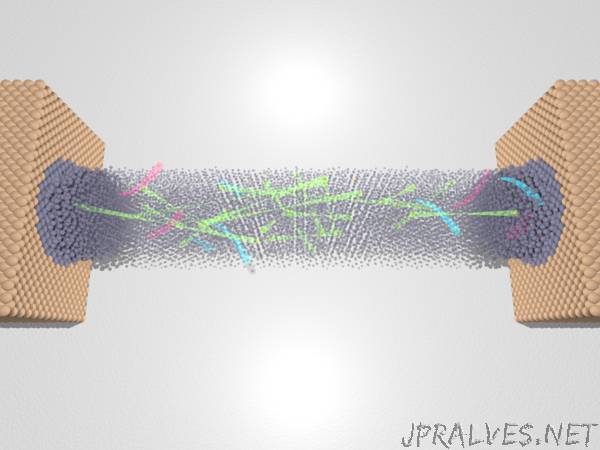
“The struggle to keep drinks cold during the summer is a lesson in classical phase transitions. To study phase transitions, apply heat to a substance and watch how its properties change. Add heat to water and at the so-called “critical point,” watch as it transforms into a gas (steam). Remove heat from water and watch it turn into a solid (ice).
Now, imagine that you’ve cooled everything down to very low temperatures — so low that all thermal effects vanish. Welcome to the quantum realm, where pressure and magnetic fields cause new phases to emerge in a phenomenon called quantum phase transitions (QPT). More than a simple transition from one phase to another, QPT form completely new properties, such as superconductivity, in certain materials.
Apply voltage to a superconductive metal, and the electrons travel through the material with no resistance; electrical current will flow forever without slowing down or producing heat. Some metals become superconducting at high temperatures, which has important applications in electric power transmission and superconductor-based data processing. Scientists discovered the phenomenon 30 years ago, but the mechanism for superconductivity remains an enigma because the majority of materials are too complex to understand QPT physics in details. A good strategy would be first to look at less complicated model systems.
Now, University of Utah physicists and collaborators have discovered that superconducting nanowires made of MoGe alloy undergo quantum phase transitions from a superconducting to a normal metal state when placed in an increasing magnetic field at low temperatures. The study is the first to uncover the microscopic process by which the material loses its superconductivity; the magnetic field breaks apart pairs of electrons, called Cooper pairs, which interact with other Cooper pairs and experience a damping force from unpaired electrons present in the system.
The findings are fully explained by the critical theory proposed by coauthor Adrian Del Maestro, associate professor at the University of Vermont. The theory correctly described how the evolution of superconductivity depends on critical temperature, magnetic field magnitude and orientation, nanowire cross sectional area, and the microscopic characteristics of the nanowire material. This is the first time in the field of superconductivity that all details of QPT predicted by a theory were confirmed on real objects in the lab.
“Quantum phase transitions may sound really exotic, but they are observed in many systems, from the center of stars to the nucleus of atoms, and from magnets to insulators,” said Andrey Rogachev, associate professor at the U and senior author of the study.“By understanding quantum fluctuations in this simpler system, we can talk about every detail of the microscopic process and apply it to more complicated objects.”
The study published online July 9, 2018 in Nature Physics.”
